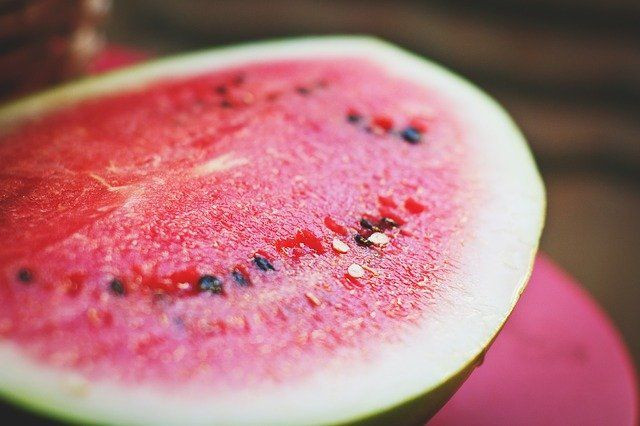Analysis Of 6000-Year-Old Watermelon Seeds Reveals Ancestors Preferred Bitter Citrullus
KEY POINTS
- Bitter watermelons were cultivated by our ancestors for their seeds
- The bite marks found on the seeds confirmed this theory
- The seeds belonged to a watermelon relative called Egusi Watermelons
Genomic analysis of Neolithic-era watermelon seeds, discovered at an archaeological site in Libya, has given new insight into the varieties of watermelon used by our ancient relatives.
Unrecognizable from today's red-fleshed fruit that we call the watermelon, wild watermelons were quite different in taste and appearance, according to the study published in the journal Molecular Biology and Evolution.
Researchers found that bitter watermelons were cultivated by our ancestors, not for their flesh, but for their seeds. The bite marks found on the seeds confirmed this theory.
A bitter mystery: Scientists sequence world's oldest plant genome from 6,000-year-old #watermelon seeds @KewGardens https://t.co/2SrTH7lxAe https://t.co/IOhnp0FYmB
— Phys.org (@physorg_com) September 2, 2022
However, the seeds, radiocarbon dated (C-14) to more than 6,000 and 3,000 years ago, were difficult to categorize based on their physical characteristics.
"Seed morphology, especially of ancient seeds, was simply insufficient to reliably identify which species those Neolithic settlers in Libya were using," co-author Dr. Susanne S. Renner from Washington University, St. Louis, said.
After genomic analysis, the seeds were found belonging to a watermelon relative called the Egusi watermelons (Citrullus mucosospermus) from West Africa. The Egusi is a bitter fruit harvested only for its seeds. These seeds, similar in size and flavor to pumpkin seeds, are considered a local delicacy and are consumed to this day. They are mostly used in stews and soups in West African cuisine.
"It's a big surprise to find that instead of being an ancient watermelon, the Libyan seed was an entirely different domesticated Citrullus, whilst the pharaonic-period Sudanese seed had nuclear DNA from both the bitter Egusi, but also from the sweet watermelon," Dr. Philippa Ryan, a postdoctoral researcher at Kew and co-author of the study, said.
"This suggests that by a later timeframe, an interesting mix of domesticated Citrullus varieties were grown along the Nile Valley for their seeds—alongside presumably the sweet watermelon."
Dozens of watermelons and its seeds were analyzed from the Royal Botanic Garden (RBG) Kew's Herbarium collections to trace the fruit's evolution.
Studying watermelon evolution from wild to domesticated variety has implications for the agricultural industry. The information locked in the genome of these different varieties can help create resistant crops in the future.
"Our study is a great example of what plant collections representing thousands of years of evolutionary and cultural history can do whenever they are used in multidisciplinary research," Dr. Oscar A Perez Escobar, Research Leader in Kew's Integrated Monography Team and first author, said.
"The data resources we generated and our discovery on the relationships that Egusi and sweet watermelons have sustained for millennia, involving the exchange of genes through generations, is of interest for sweet watermelon crop improvement programs whenever particular genes are sought, e.g., disease and pest resistance," he added.

© Copyright IBTimes 2025. All rights reserved.





















